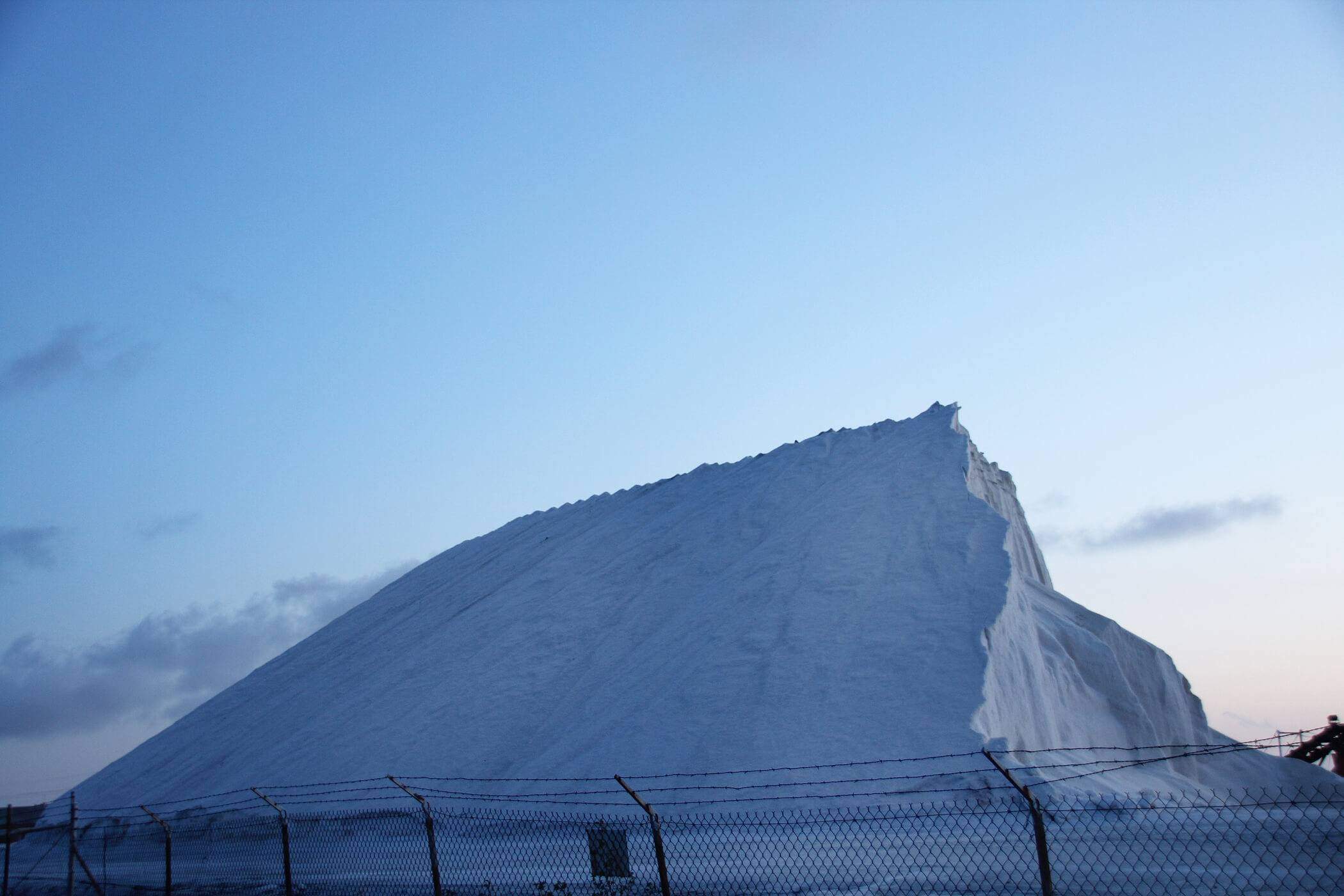
Salt Mines
5 Reviews
Hello everyone! This is a friendly reminder that any of these fun places we may visit, we are a guest at. Please treat both businesses and trails with the utmost respect. We here at Hidden San Diego follow the 'Leave no Trace' mantra, meaning whatever you bring with you comes back with you. If you see trash on a trail, please do your part to help remove it. Remember, we are not picking up trash from another person but instead cleaning up for Mother Nature. Happy adventures!

1470 Bay Blvd.
Chula Vista, CA 91911
Phone: (619) 423-3388
32.600807, -117.092564
Dog-Friendly: Yes Kid-Friendly: Yes
About the Chula Vista Salt Mines:
The Salt Mines, also known as the South Bay Salt Works, are the 2nd oldest business in San Diego. The oldest business in San Diego is the Union Tribune. Records date salt mining business starting in 1871, since the city first experienced the Industrial Revolution.
In the late 1800’s, the salt works were the only company producing salt in the U.S. and supplied salt to all of Southern California. In the 40’s, approximately 40k tons of salt were harvested annually from the company.
In the 1920s another company, California Chemical Corporation, extracted bromine from the waters from the salt ponds. In addition the company also produced magnesium chloride, beginning as early as the 1910s. Production of bromine ended after World War II.
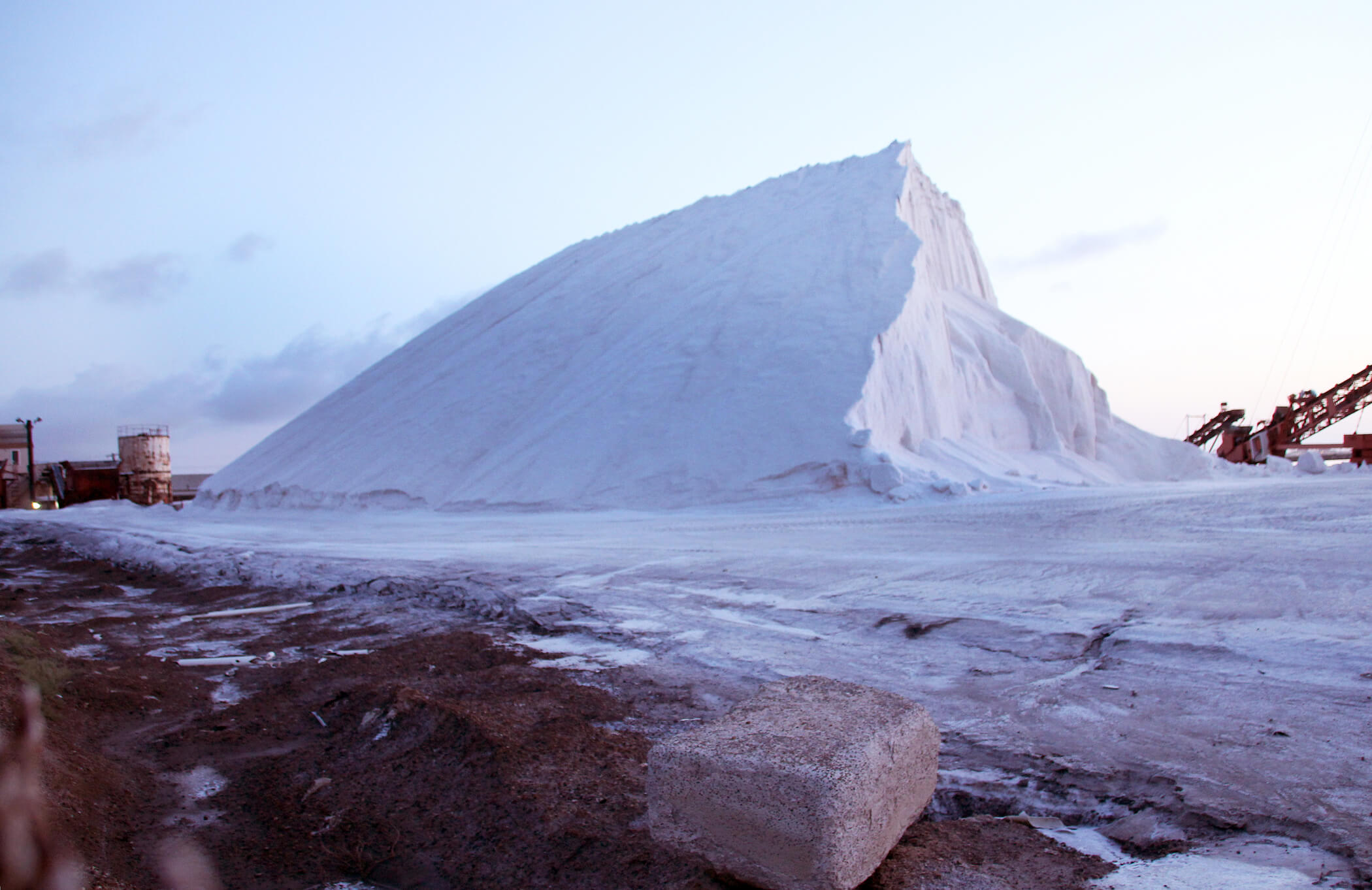 During the majority of the 20th century, amount of salt harvested at the salt works remained relatively constant. Joined by other salt producers in the state, the salt works was the second largest salt producer in California.
During the majority of the 20th century, amount of salt harvested at the salt works remained relatively constant. Joined by other salt producers in the state, the salt works was the second largest salt producer in California.
As late as 1978, the salt mines supplied the salt needs of San Diego’s tuna fleet. In 1999, the salt ponds were sold to the San Diego County Regional Airport Authority, transferring the salt ponds to the United States Fish and Wildlife Service; both have leased it out for continued salt harvesting.
The leasers are a company formed by former employers of Western Salt Company, who changed the name to its present name, maintaining the buildings as private property of the salt works itself. In 2005, right of way of the former Coronado Belt
Line in the salt pools, were designated historic by the city of San Diego; later converted into a bike path as part of the “Bayshore Bikeway”, despite the historic designation. In 2009, the city of San Diego claimed land use authority over the property.

On the West Coast of the United States, only San Francisco Bay and San Diego Bay have the natural conditions where salt extraction from sea salt is feasible. Water evaporated at the salt works come from the ocean, not the bay. The salt works produces about 75,000 tons of salt every year from salt ponds that cover over a thousand acres of land
Since 1999, operations began at the salt works, more than a million and a half tons of salt have been harvested. Gypsum can also be sourced from the salt works, as was done in a 2008 study of the mineral. Magnesium chloride, is also produced during the process of the solar salt operation, and is sold for industrial use. In 2005, the salt works employed twenty-two people. 
Since 1999, the parcel which the salt works is on has been owned the San Diego Regional Airport Authority, leased to the South Bay Salt Works company. In 2015, the Airport Authority planned to sell the land which the salt works are on to the San Diego Foundation, to mitigate the building of a substation by San Diego Gas & Electric.
It is planned that when the lease on the land ends, the buildings will be re-purposed similar to those on Cannery Row. One possible use previously proposed is to convert the salt works into an interpretive center for the United States Fish and Wildlife Service; that usage has been supported by multiple regional politicians and organizations.

Personal Experience: This is a very quick adventure unless you somehow manage to talk to staff here and they let you tour the place. We just admired it through the gate, snapped a few photos and were on our way. Still, really cool to see in person. I’d like to come here during one of our magnificent sunsets.
There are two ways to appreciate the salt mines. One requires driving right up to them, the other requires hiking. The first few photos are from the point of view that you drive up to:
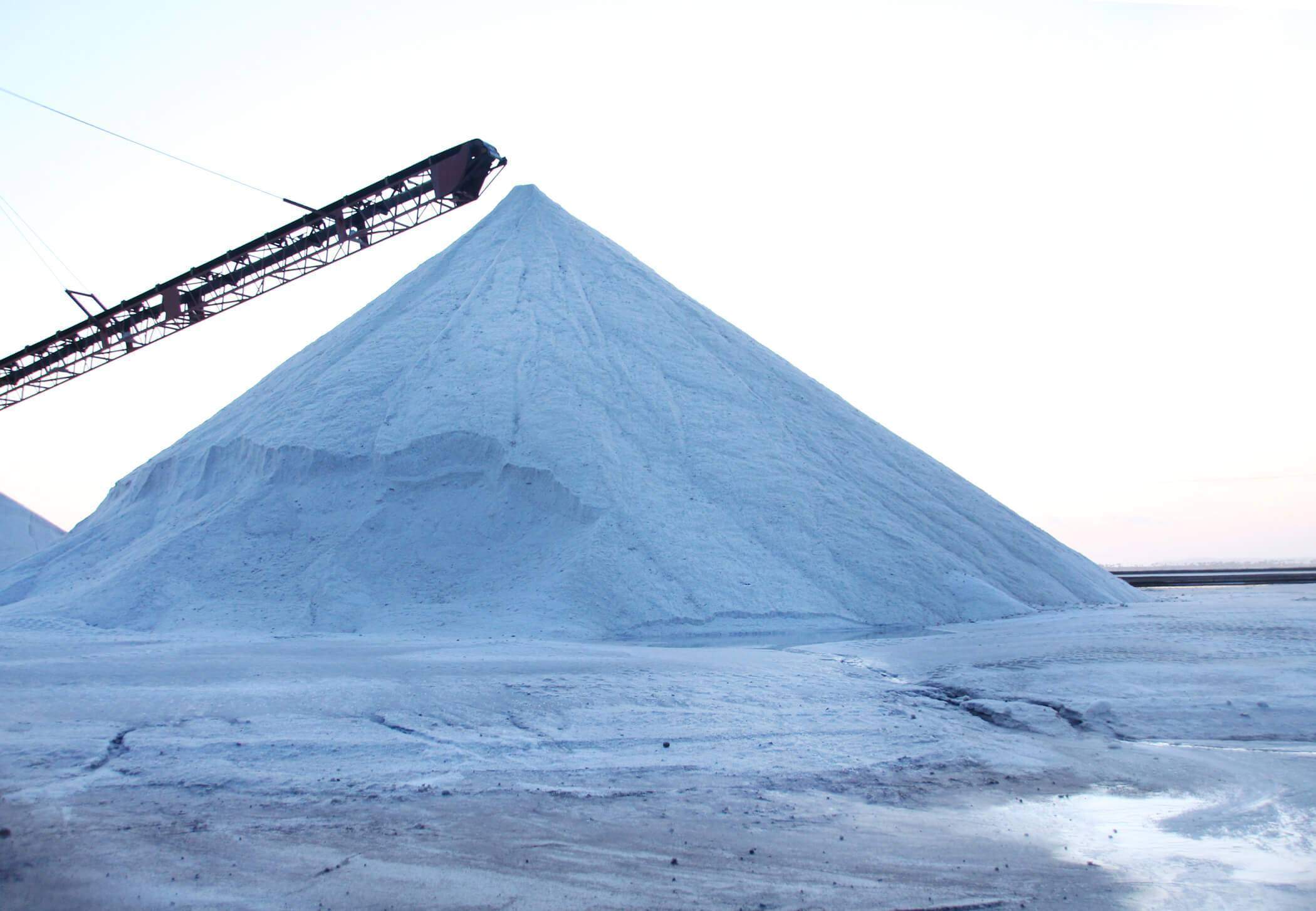

These shots require hiking. Here is the address for the trailhead:
Bayshore Bikeway (Silver Strand Bikeway)
Imperial Beach, CA 91932
32.589535, -117.109966
All photos below by Josh Claros:
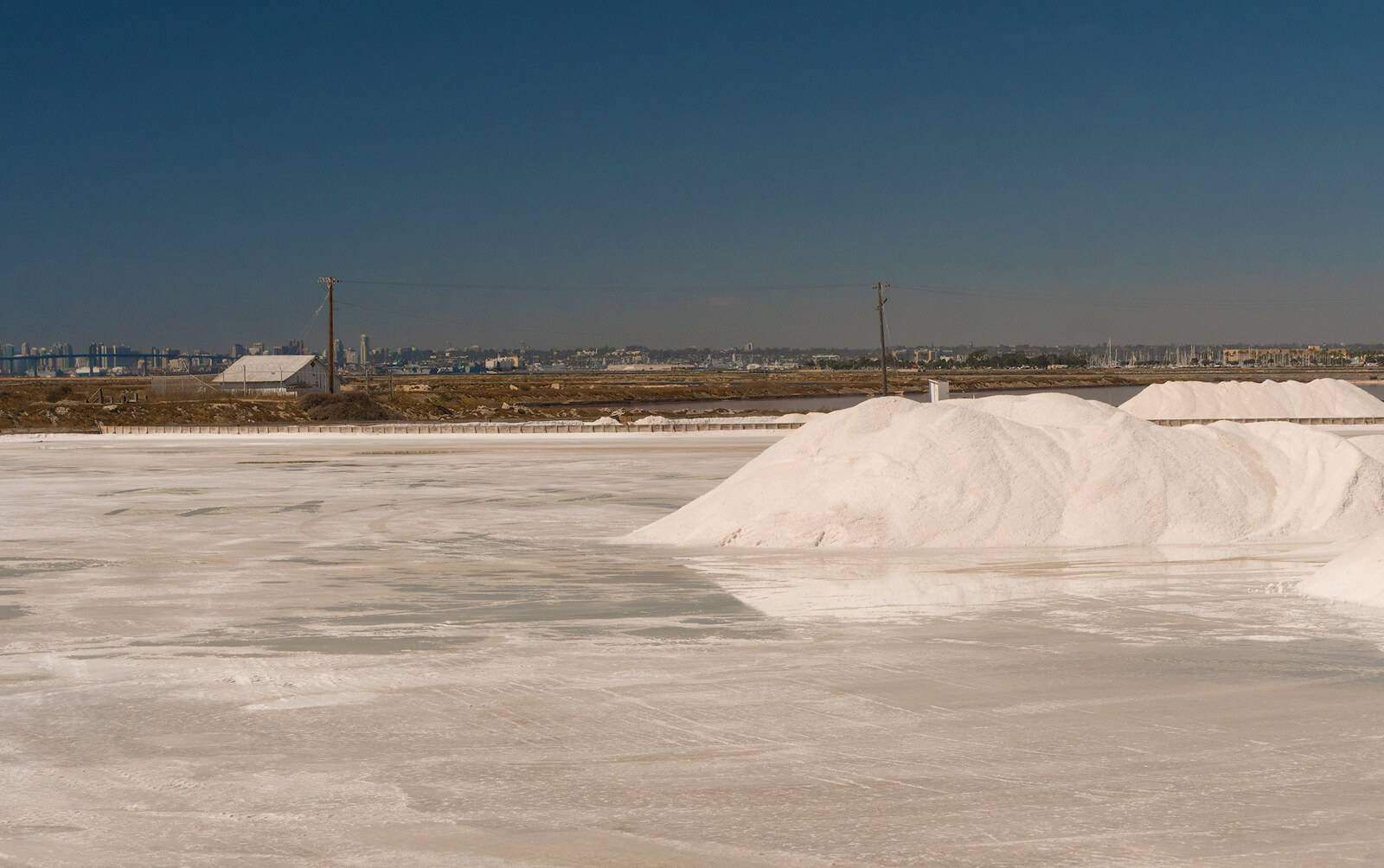
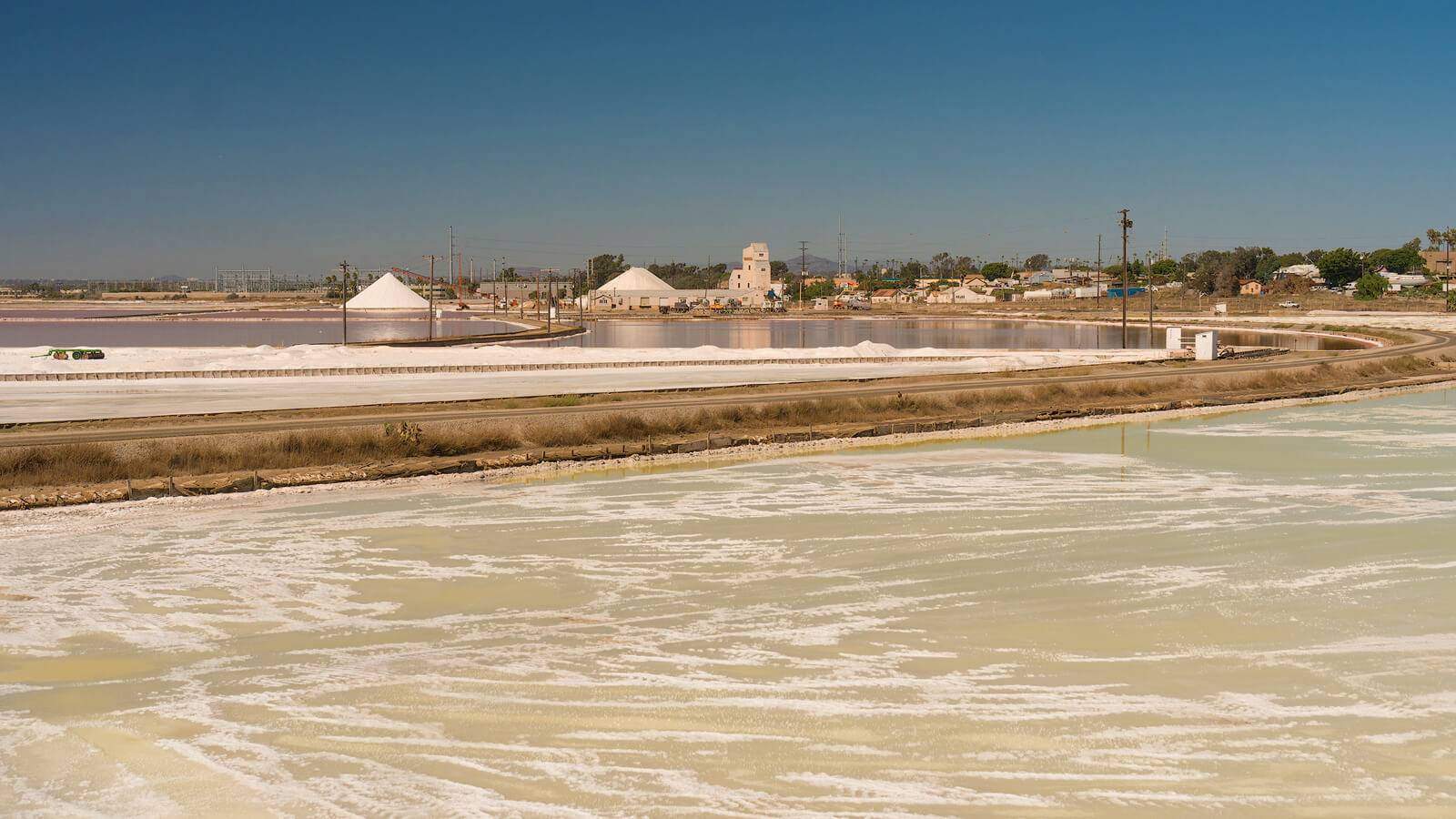
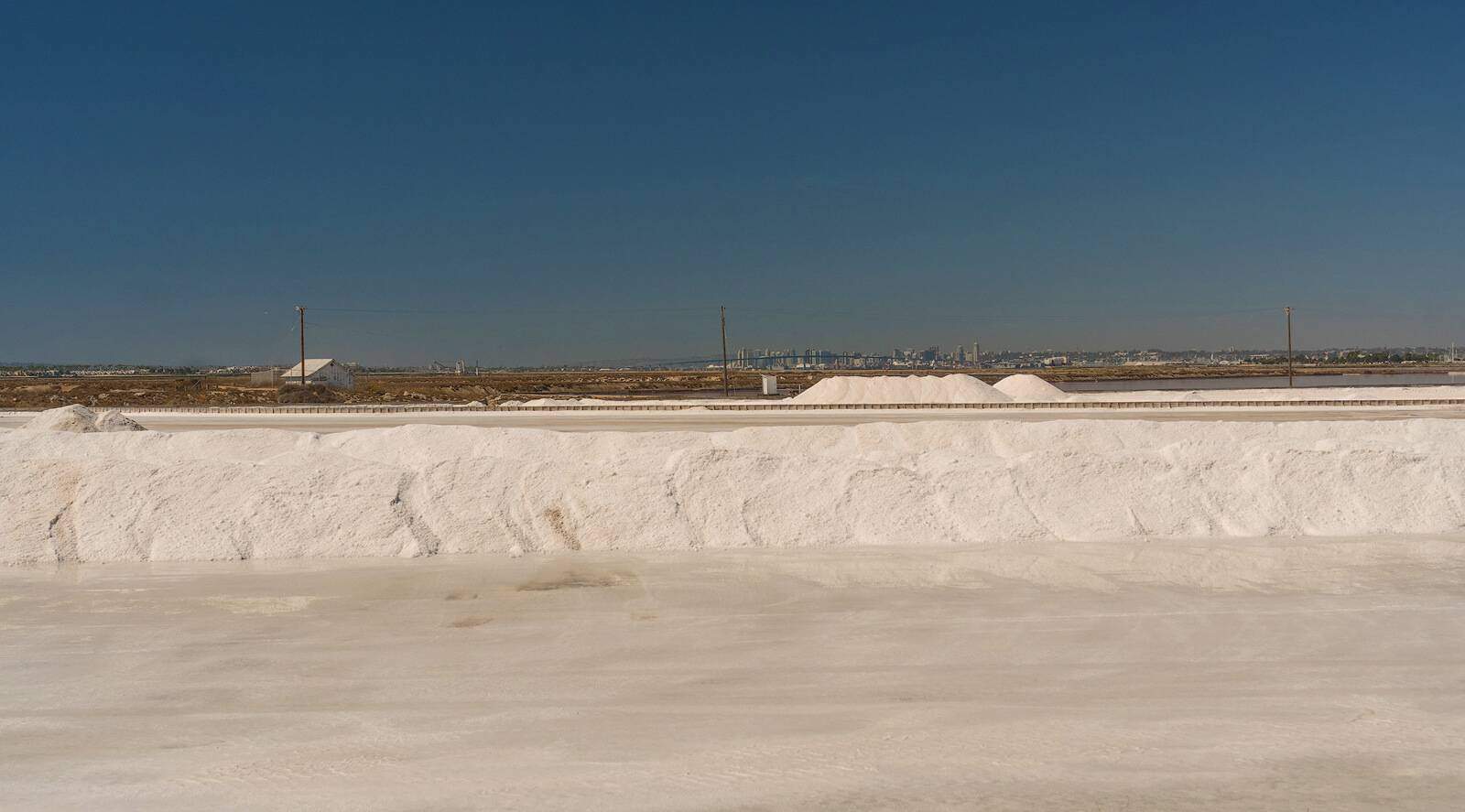











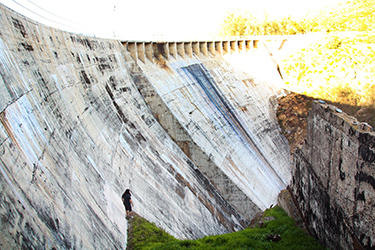
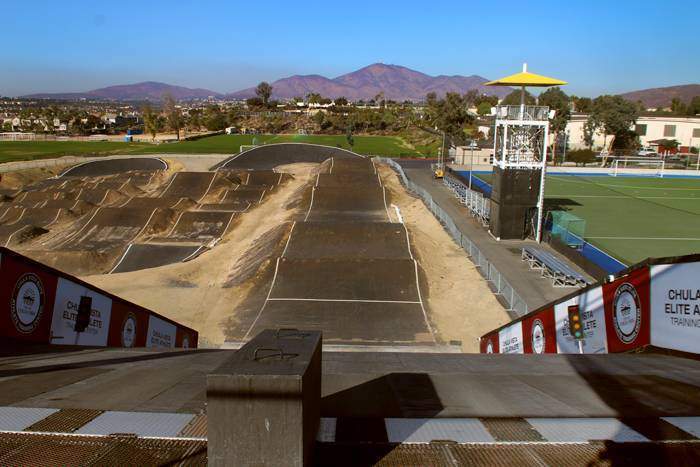
Josh
Where are the hundreds of salt pools, further inland?
September 22, 2016
Anonymous
Do they offer a tour?
January 3, 2019
Anonymous
Please correct your title; this facility produces salt by evaporation of seawater from shallow ponds. There is no mine at this location.
December 13, 2019
Anonymous
@Josh, The evaporation pools are located in an arc across the far southern end of San Diego Bay, approximately on the northern boundary of Imperial Beach. In Google Earth views, they appear to be polygons with distinctive pastel colors. Salt production requires multiple flooding and evaporation, so the ponds are flooded on a rotating basis. Not all visible ponds appear to be in salt production; perhaps some of the approximately 30 ponds have been converted to ecological preserves.
December 13, 2019
Anonymous
Theres a way to get into the salt flat area from the parking lot behind the first businesses after you make a right on Main St where Swiss Park is a few hundred meters south from the parking area. Outside and inside parking available (you’ll figure it out)….Great spot were we paint on the walls (Graffiti walls on salt front facing ocean adjacent and below the parking area) (ALSO On salt plant property SO BE ADVISED, BUT WE HAVE NEVER BEEN CAUGHT UP THERE…SUPER CHILL SPOT AT NIGHT AND SUNSET. Greta access to the plant and deep access into the ponds which give access to the Coronado Bay Front to smoke and drink. Super dope spot guys….
February 13, 2020